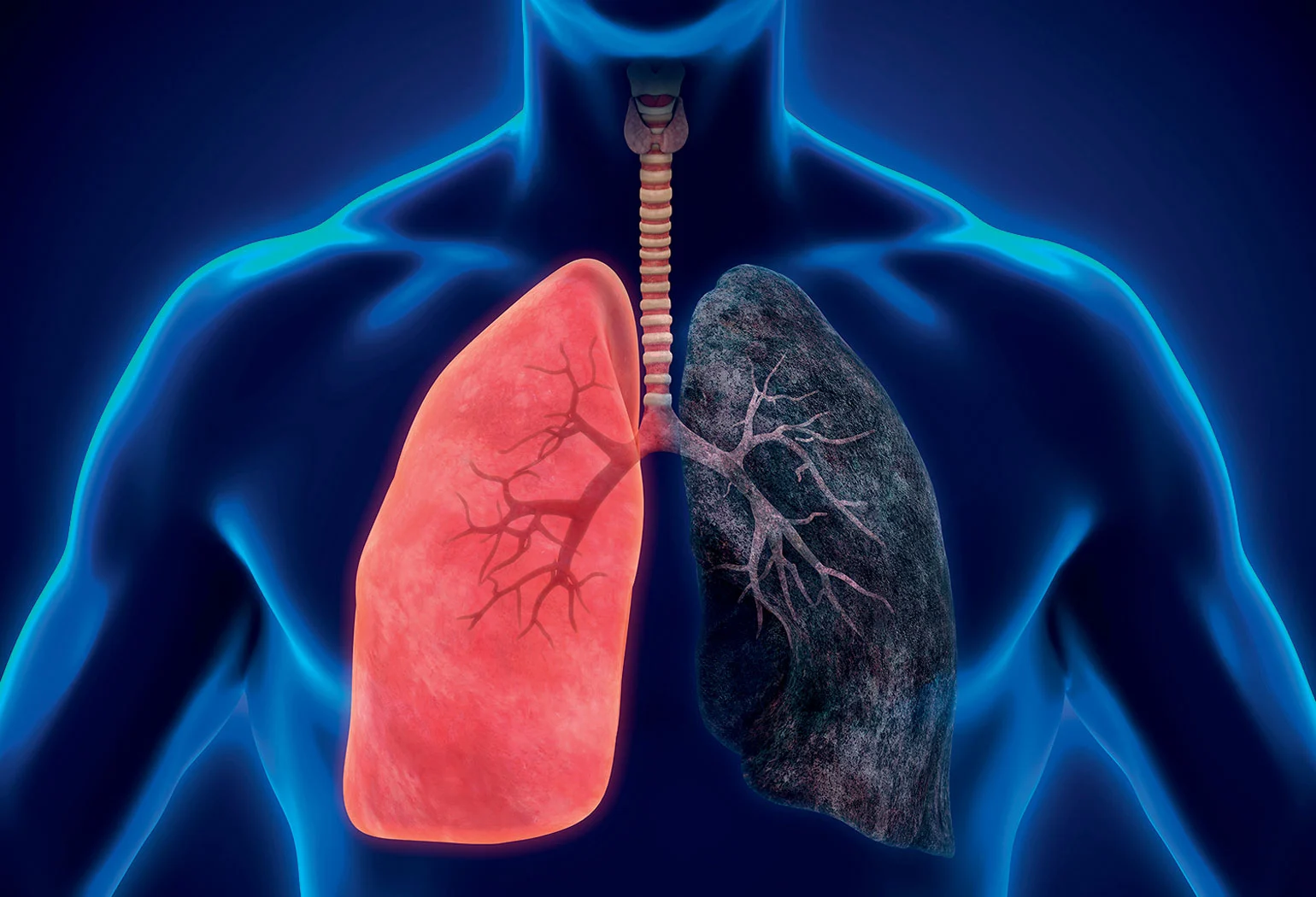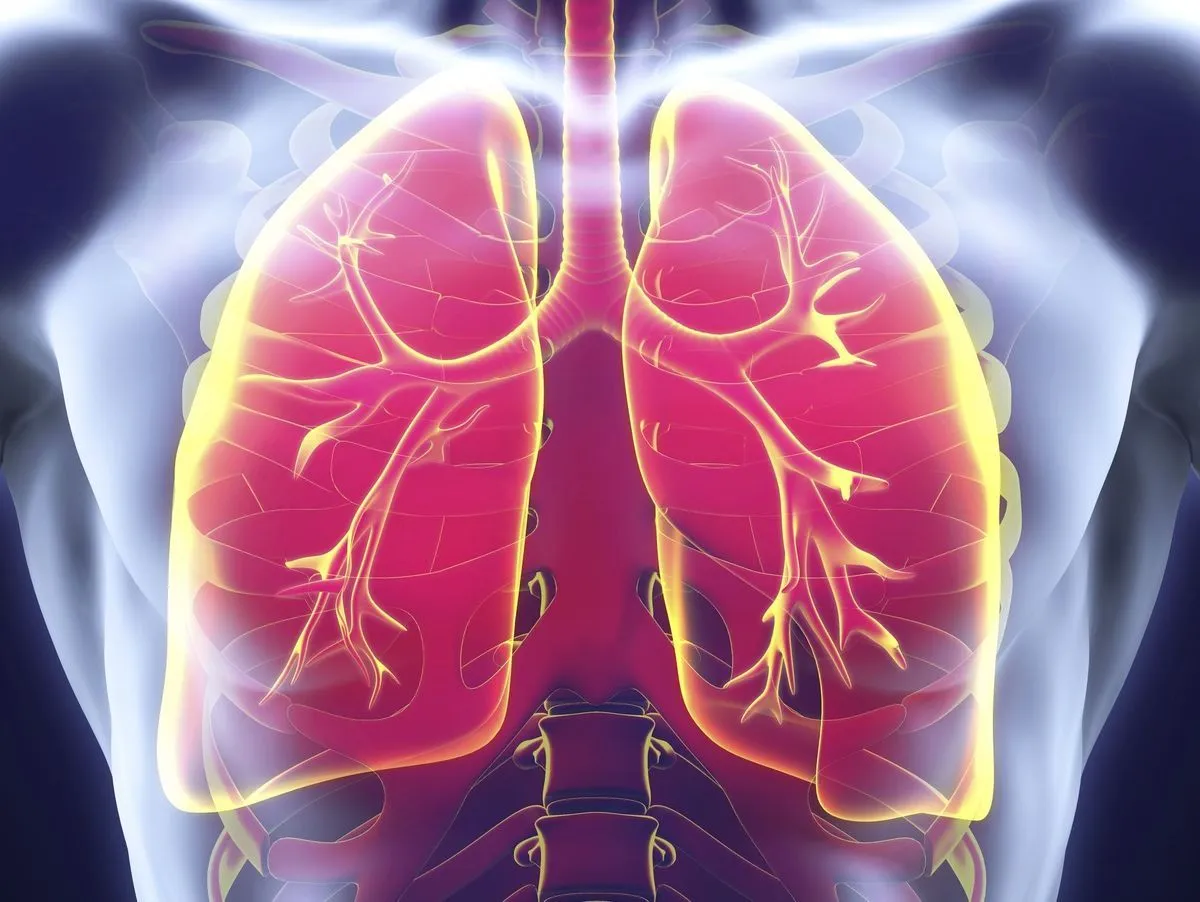Occupational health services are responsible not only for identifying and evaluating potential risks to workers' health but...
Read MoreMetal Fume Fever | Causes, Symptoms, and Prevention
Introduction
Metal fume fever is an acute disability caused by inhaling fumes from a metal heated above its melting point.
The most prevalent of these metals are zinc, copper, and magnesium.
It is caused by the deposition of fine metal particulates in the alveoli.
Causes of Metal Fume Fever
The primary cause is zinc oxide fume produced by cutting, welding or brazing galvanized steel.
Metals Associated With MFF
- Zinc (most common).
- Magnesium.
- Copper.
- Copper zinc alloy (brass)
- Aluminum.
- Silver.
- Manganese.
- Antimony.
- Magnesium.
- Lead.
- Nickel.
- Chromate.
- Cadmium.
- Titanium.
- Selenium.
- Arsenic.
- Tin.
- Thorium.
- Cobalt.
- Iron.
- Arsenic.
- Vanadium.
- Beryllium.
- Boron.
Symptoms of Metal Fume Fever
Metal fume fever is characterized by the acute onset (usually within 3-12 hours of welding galvanized steel).
There are respiratory and systematic symptoms in MFF.
Respiratory Symptoms
- Cough.
- Shortness of breath.
- Wheezing.
- Chest tightness.
Systemic Symptoms
- Fever.
- Chills.
- Rigor.
- Myalgias.
- Malaise.
- Dry parched throat.
- Thirst.
- Metallic or sweet taste in the mouth.
- Nausea.
- Loss of appetite.
- Headache.
Symptoms resolve spontaneously within 24-48 hours of exposure.
Continuous exposure leads to the development of tachyphylaxis during the workweek, as patients usually report symptoms at the beginning of the week that subside or disappear entirely by the end of the week.
New employees, as well as those who have been off for the weekend or a week’s vacation, are at the highest risk.
Once back at work, they develop symptoms upon re-exposure following a 2–3 day period of abstinence.
Prevention of Metal Fume Fever
Alternative cutting methods (thermal and non-thermal) are available.
Cutting with the proper nozzle.
Turning off the torch during periods of inactivity.
Methods for capturing fumes include local exhaust ventilation.
Wearing the proper respiratory protective equipment.
Training and information, such as advice on hygiene (hand washing and avoiding eating or smoking in the workplace), as well as other risk controls.
Treatment of Metal Fume Fever
Treatment is symptomatic.
The disease is benign and self-limited, and full recovery usually occurs within 24 hours of removal from exposure.
Repeated exposure commonly results in the development of tolerance, which is lost upon cessation of exposure.
Summary
Metal fume fever is an acute disability caused by inhaling fumes from a metal heated above its melting point.
The primary cause is zinc oxide fume produced by cutting, welding or brazing galvanized steel.
Symptoms include cough, shortness of breath, wheezing, chest tightness, fever, chills, rigor, myalgias, malaise, dry parched throat, thirst, metallic or sweet taste in the mouth, nausea, loss of appetite, and headache.
To prevent metal fume fever, use alternative cutting methods (thermal and non-thermal), cutting with the proper nozzle, and provide training and information, such as advice on hygiene (hand washing and avoiding eating or smoking in the workplace), as well as other risk controls.
Treatment is symptomatic, the disease is benign and self-limited, and full recovery usually occurs within 24 hours of removal from exposure.
How useful was this post?
Click on a star to rate it!
Average rating 0 / 5. Vote count: 0
No votes so far! Be the first to rate this post.
I'm sorry that this post was not useful for you!
Let me improve this post!
Tell me how I can improve this post?
References
- Sadhra, S. S., Bray, A., & Boorman, S. (2022). Oxford Handbook of Occupational Health. Oxford University Press.
- Karmis, M. (2009). Mine Health and Safety Management. Society for Mining, Metallurgy and Exploration Incorporated.
- Nordberg, G. F., & Costa, M. (2022). Handbook on the toxicology of metals. Elsevier, Academic Press.
- Spagnolo, S. V., & Medinger, A. (1986). Handbook of Pulmonary Emergencies. Plenum Medical Book Co.
- Harbison, R. D. (2015). Hamilton & Hardy’s industrial toxicology. John Wiley.
Asbestosis is a specific type of pneumoconiosis that is defined as chronic diffuse fibrosis of the lung...
Read MoreSilicosis is a type of pneumoconiosis caused by the inhalation and deposition of dust containing crystalline silicon...
Read MoreWorkplace hazards can be classified into five broad categories. These hazards can cause an immediate or delayed...
Read MoreRecent Posts
-
SAPHO Syndrome | Causes, Symptoms, Diagnosis & Treatments
-
Systemic Lupus Erythematosus | Causes, Symptoms & Treatments
-
Gastric Ulcers | Causes, Symptoms, Complications & Treatments
-
Wiskott-Aldrich Syndrome | Causes, Symptoms & Treatments
-
The 4 Stages of HIV Infection | Ultimate Guide
-
Good’s Syndrome | Symptoms, Causes & Treatments
-
Acquired Angioedema | Causes, Symptoms & Treatments
-
Rheumatoid Arthritis | Symptoms, Causes, Diagnosis & Treatments
-
Acute Pancreatitis | Causes, Symptoms, Diagnosis and Treatments
-
Pernicious Anemia | Causes, Symptoms, Diagnosis and Treatments
-
Sickle Cell Anemia | Causes, Symptoms, Diagnosis and Treatments
-
Aplastic Anemia | Causes, Symptoms, Diagnosis and Treatments
-
Diamond Blackfan Anemia | Causes, Diagnosis and Treatments
-
Sideroblastic Anemia | Causes, Symptoms & Treatments
-
Organic Dust Toxic Syndrome (ODTS) | Symptoms, and Treatments





